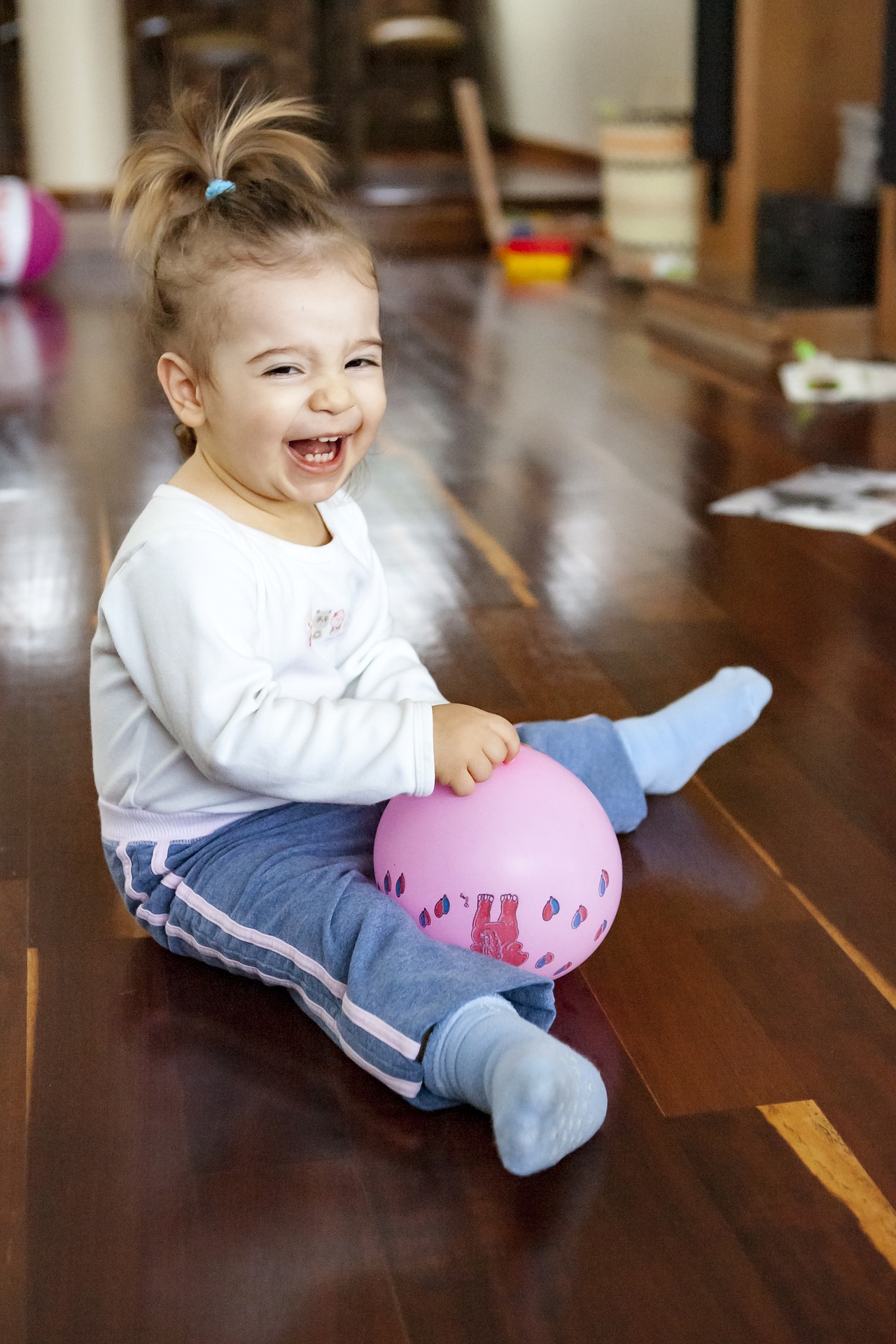A child with a lisp, has a difficult time producing the /s/, /sh/, /ch/, and maybe /z/. This is typically because of the placement of the tongue. A frontal lisp is the most common, the tongue sticks out between the front teeth. This can distort sounds, making the /s/ and /z/ sound more like yes/yeth.
A material lisp occurs when air is able to escape over the sides of the tongue. The sounds tend to have a “slushy” or “wet” sounds. The tongue may not be tense enough or high enough in the mouth.
How long will it take my child to overcome a lisp?
 It is impossible to know how long a speech challenge will take to overcome. There are many studies that show for children with articulation disorders and lisps have a higher success rate with one on one speech therapy, when compared to group speech therapy.
It is impossible to know how long a speech challenge will take to overcome. There are many studies that show for children with articulation disorders and lisps have a higher success rate with one on one speech therapy, when compared to group speech therapy.
The American Speech and Hearing Association performed a comprehensive study that children with articulation disorders were nearly twice as likely to make significant or moderate improvements with one-on-one speech therapy, compared to group therapy.
Lateral lisps tend to be more persistent type of articulation challenge. Cincinnati Children’s Hospital performed a comprehensive study that specifically looked at articulation disorder.
The study showed children over a two year period, between the of 3-6. With 36 hours of therapy, 31% made significant to moderate improvement, 41% of the children made some improvement with just 14 hours of speech therapy, and 28% of the children made little to no improvement with 15 hours of therapy time.
One-on-one speech therapy for children can be key to overcoming their articulation challenge.
Early intervention is another important factor, when speech – language impairments are identified early, treatment has positive results.
If you have any questions or concerns, we encourage you to contact First Words Therapy. We take a holistic approach to speech-language-therapy to help your child communicate more effectively.


